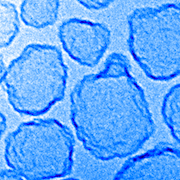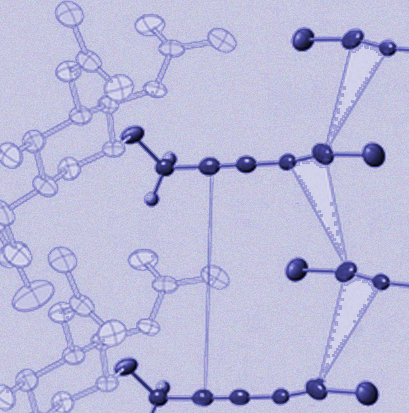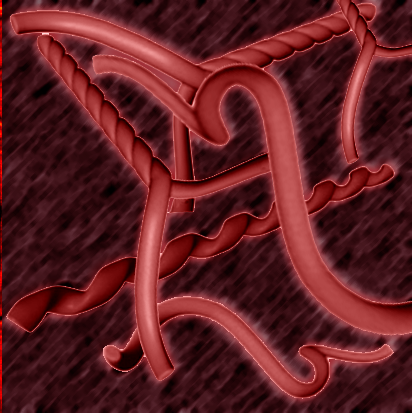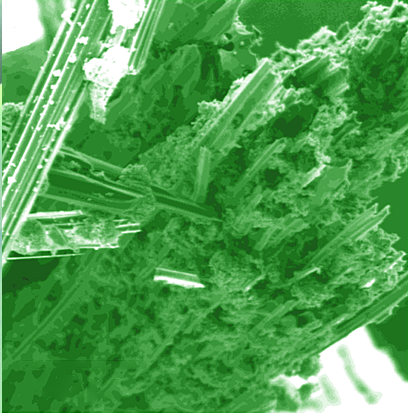Our research approach towards novel supramolecular and organic materials is based on three key elements: the concept of “inducing order through disorder”, the use of amide hydrogen bonding for the formation of well-defined one-dimensional aggregates, and utilization of chemical reactions in ordered phases to produce novel materials. In our three key research areas, we universally apply these concepts to guide chemical reactivity of metastable molecular precursors for carbon nanomaterials, control the electronic properties in organic semiconductor nanostructures, or tailor the bulk mechanical properties in supramolecular materials.

The use of highly reactive carbon-rich molecular precursors for the bottom-up synthesis of novel functional carbon nanomaterials at room temperature allows us to explore supramolecular self-assembly to control their morphology.

Organic nanowires are model systems for the investigation of charge transport in organic semiconductors under nanoscopic confinement, and may serve as potential building blocks for integrated circuits in the future.
We had previously used the same concepts to produce multiple-helical π-conjugated polymers that undergo dynamic folding. Moreover, we had explored crystal engineering and chemical reactions in single-crystals. And in all of our research efforts, we establish new synthetic approaches for the efficient preparation of molecular precursors for organic materials.

Chemical reactions in single crystals often occur with perfect product selectivity. We employed this to prepare the first alternating polydiacetylene copolymers, and we observed an unusual dimerization of bromodiacetylenes that was the first complex, multistep reaction in a single crystal.

We prepared the first π-conjugated polymer that exhibited a multiple-helical “quaternary structure” of polymer chains that underwent partially reversible unfolding and refolding.

